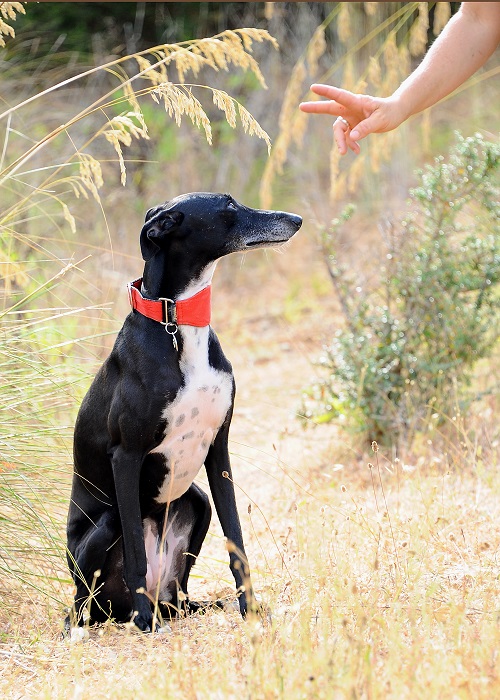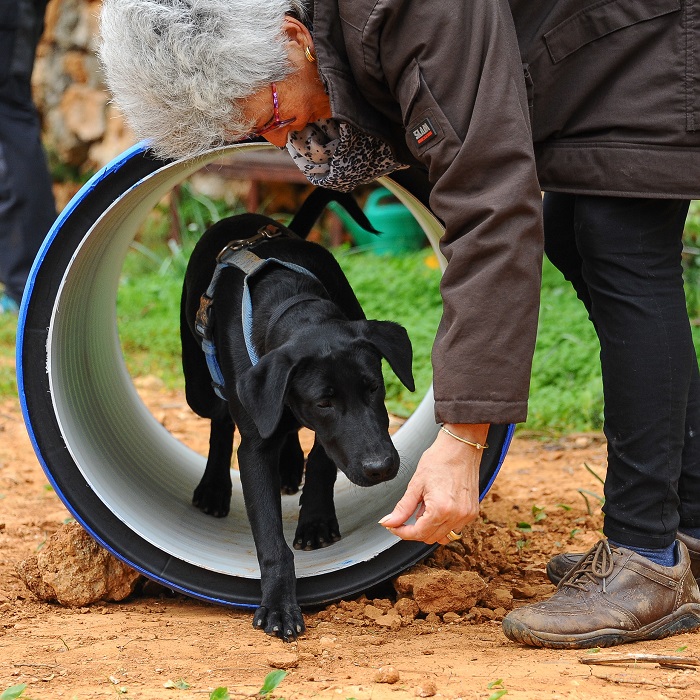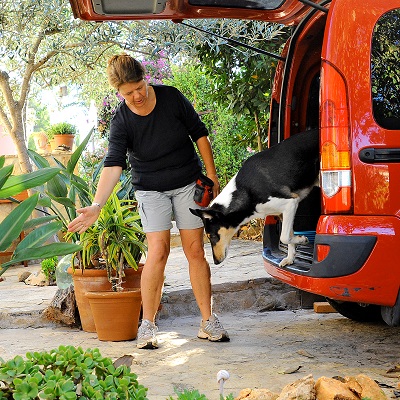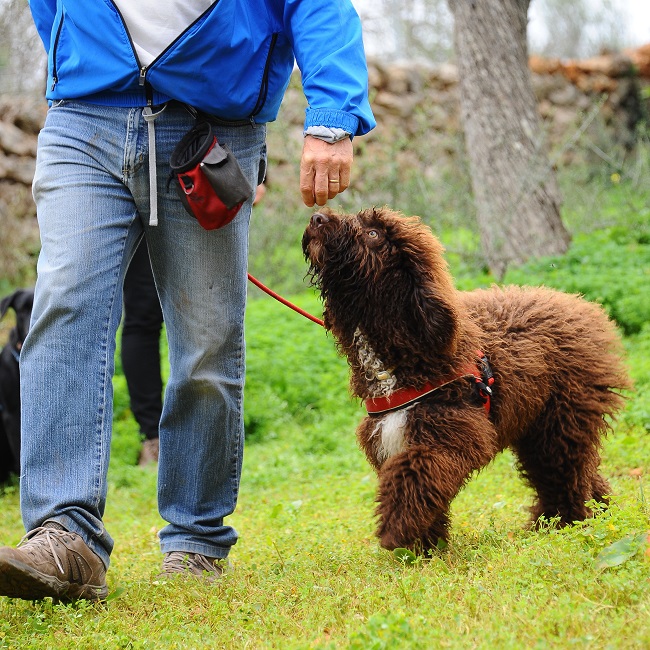|
The obedience commands like "Heel", "Sit", "Stay", "Come" and "Go" are for me the basic obedience commands. They allow good communication with the quadruped. One can easily teach a dog these commands. Ideally, this process is more effective when done to a puppy or when the dog is still young, because this is a healthy dog ready to learn and very motivated. A young dog is more likely to accept commands easy and fast. A dog, however, cannot understand long sentences. For example: "Neska, would you now, please, sit" would not be appropriate as a command. Better would be here to express first loudly the dog's name "Neska" and then to simply attach the "Sit" command immediate as you reached the dog's attention. |
||
|
|
||
|
Of course, these basic commands can later by others, such as "Down", "Left", "Right", "Behind me" etc.. There are many cases, however, when the four-legged friends, 2 or 3 years old, cannot learn any "Stay", "Wait" or a simple "Sit". But this is possible even with a healthy adult dog. It takes more or less time for a dog to learn, depending on each dog, sometimes longer, sometimes shorter; patience, calm and perseverance are essential to the success.
Basic communication requires that you, the two-legged, help the dog with your voice, hand position, posture, or by using a whistle for a precise instruction that your dog can follow. When you, as "sender", send a clear instruction the dog can receive and follow.
|
||
|
|
||
|
For example, by a gesture or using the voice, you instruct your dog with the command "Sit". Then you open the car door fully and invite the dog to an upcoming relaxing walk. But the dog is waiting in the seat until he gets further commands from you. Then a "Get Out" command should follow. By clear instructions to the dog, you enable the structures he needs for a good communication with you and lay the basis of the mutual trust between you two. |
||
|
|
||
|
Every dog owner has developed over time her/his communication with the dog. Using clear instructions for your dog, you create the basis for a trusting relationship. The body, the voice and also food can be used as an effective aid to this. The attitude toward the dog must be always respectful. I reject any kind of unjustified violence against the dog. |
||
|
|






